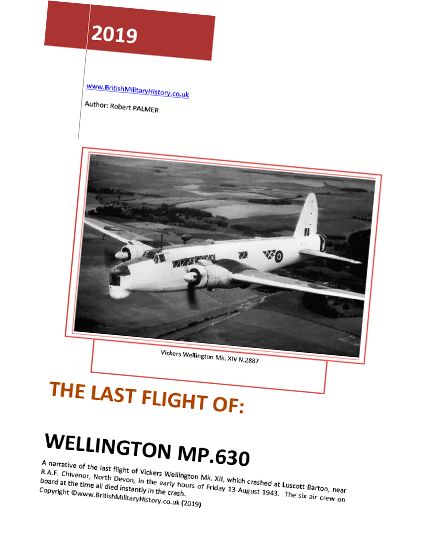WAR GRAVE
JOHN SAUL LOCKWOOD (CWE)
SERGEANT
172 SQUADRON
ABOUT MY LIFE
Born: 2nd May 1920
Died: 13th August 1943
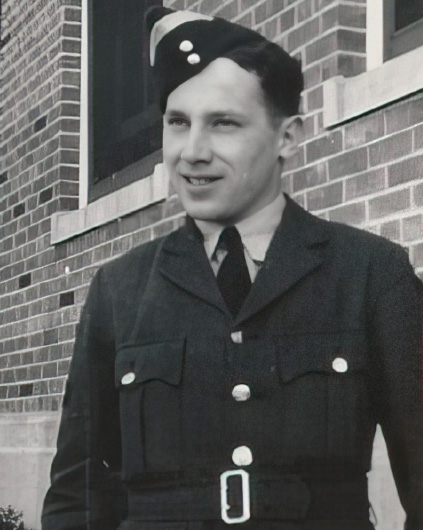
I was a farmer’s son and I grew up with my parents, William Storm and Margaret Edith Lockwood, in Scampton House, this is the large red brick house, just behind the church. I attended Miss Wileman’s Private School and then, very briefly, Lincoln School. I then continued my education at Denstone College, a private school in Staffordshire.
I loved the countryside and was a very keen horseman, winning many point-to-point races. In 1938, I became a farmer in my own right, taking over Spridlington Grange Farm.
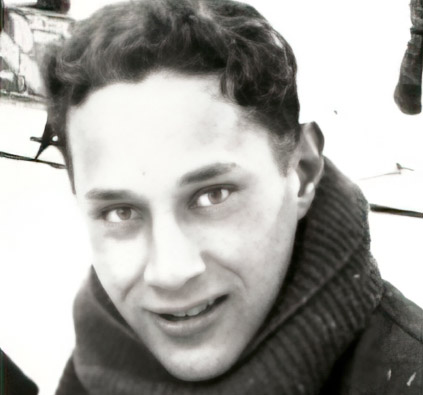
At the outbreak of war I was in a cinema in Lincoln when an army Major made an appeal for new recruits. As a horseman, the Leicestershire Yeomanry and its cavalry appealed to me and I volunteered at once. However, the regiment’s move away from horses to tanks did not hold as much appeal, so I applied to transfer to the Royal Air Force.
The first part of my training as a Pilot was in Canada, but I later moved to Florida, to learn to fly the Consolidated Catalina and how to undertake maritime patrol duties. It was here that I met Elaine McInnes, with whom I formed a close relationship. Many years later, she travelled to England to investigate my crash.
Before arriving on the squadron, I had just over 100 hours of flying experience, I later gained a further 23 hours on Wellingtons.
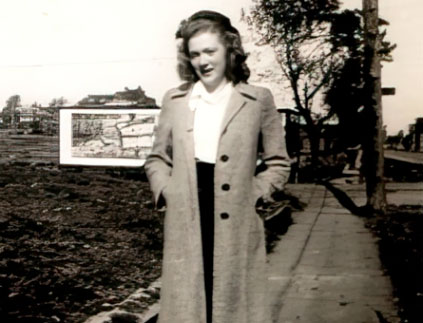
MY AIRCRAFT
The Wellington was a pre-war bomber designed by Barnes Wallis, of dambusters fame. His geodetic design for the airframe proved strong and robust, it also lended itself to many different tasks.
The GR XII was a maritime patrol aircraft, primarily focussed on detecting and destroying Hitler’s U-Boats. To achieve this, a radar was mounted in a teardrop fairing under the aircraft’s front turret. This radar could search the sea and detect any submarine that had surfaced, within its range. Once the submarine had been detected, it could be attacked with the depth charges carried within its Bombay.
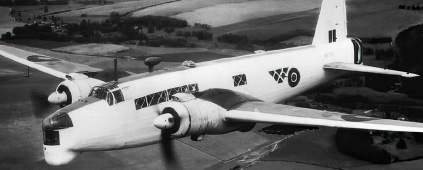
The Wellington GR XII
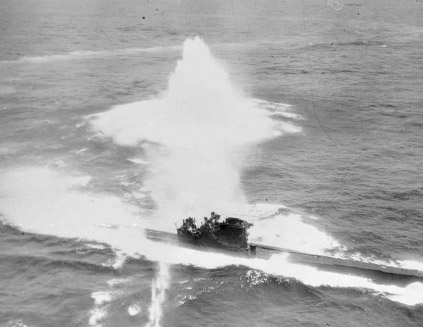
A U-Boat under air-attack.
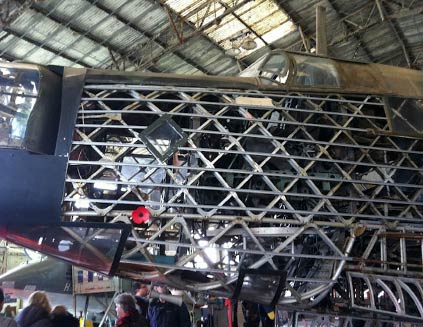
The Wellington’s Geodetic construction.
MY ROLE
I was the second pilot on this aircraft, maritime patrols were very long and we shared the flying between myself and the captain.
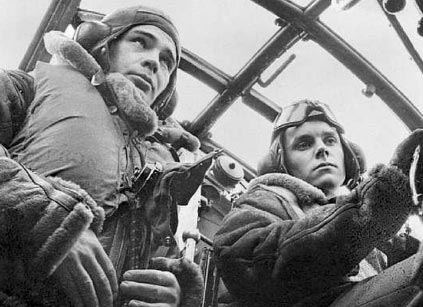
A Wellington pilot.
MY SQUADRON
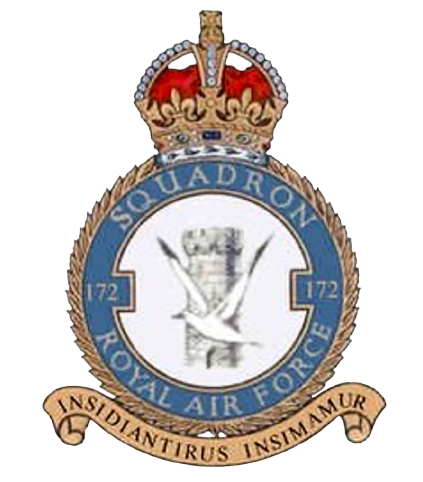
Motto: We ambush the ambushers
172 Squadron was formed on 4th April 1942 at RAF Chivenor, following the success of its predecessor, 1417 flight in detecting and destroying submarines utilising new technology. The Squadron flew radar equipped Wellingtons and spent the duration of the war flying anti-submarine patrols.
The squadron was disbanded on VE day in 1945. This was a short lived squadron, but it made an enormous contribution to the war effort. Hitler’s U-Boats came close to crippling Britain and it was aircraft and aircrew from squadrons like 172 that prevented him from doing so.
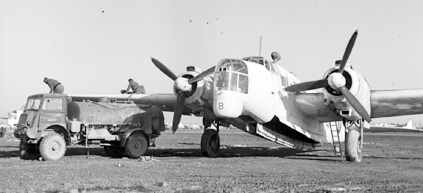
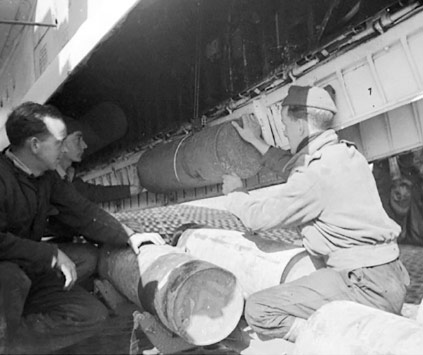
Loading depth charges into a Wellington of Coastal Command.
THE ACCIDENT
This was our third operational mission and we were one of 5 crews sent out that night from Chivenor on anti-submarine patrols. We were the last to depart, taking-off at 22:42hrs on 12th August 1943. We were flying a Wellington GR XII with the serial number MP630.
We returned nearly 6 hours later at 04:30hrs and to all involved, everything appeared normal. We asked for permission to land, the aerodrome controller gave us a green light and tuned on the airfield’s Drem lighting system. We acknowledged this by turning on our downward recognition light.
We were then seen to disappear over the brow of a hill, where our aircraft grazed the top of a barn at Luscott Barton. A fraction of a second later, our aircraft hit the rising ground behind it. On impact, there was an enormous explosion when all six of our depth charges exploded. The following was recorded in the RAF Chivenor Operational records Book:
A plane of 172 Squadron crashed at Luscott Barton Farm about 5 miles N.E. of this aerodrome this morning. Depth charges exploded. The bodies of Sgt Lockwood, Sgt Widdows and Sgt Salter recovered. These remains had been hurled about ½ a mile. Six people sleeping at the farm escaped injury, even though all ceilings and window panes collapsed. All the air crew killed. Plane was destroyed by fire.
ON THIS DAY IN WORLD WAR TWO – 13TH AUGUST 1943
Allied leaders meet in Quebec, Canada where Churchill and Roosevelt discuss plans for the invasion of Europe.
The Allies bomb rail yards in Rome, Italy.
CASUALTIES – 13TH AUGUST 1943
Sergeant E.R.H. Widdows (Pilot & Captain)
Sergeant John Saul Lockwood (Second Pilot) (Buried Scampton)
Flight Sergeant R.G. Salter (Navigator)
Sergeant W.F.O. Sayle (WOp/AG)
Sergeant K.H. Francis (WOp/AG)
Sergeant S.C. Hasler (WOp/AG)
Where Next
Look out for the RAF’s newest maritime patrol aircraft, the Boeing Poseidon MRA1. It is based at RAF Lossiemouth in Scotland, but you may be able to see it at airshows around the country.


